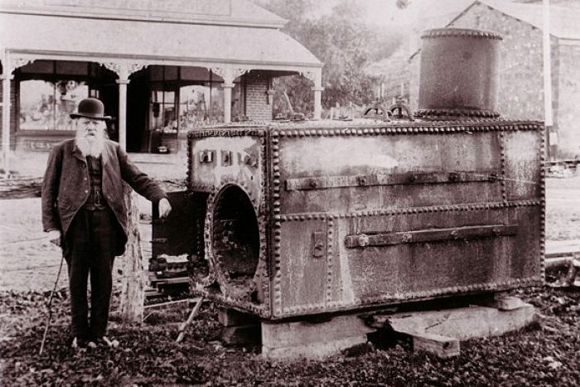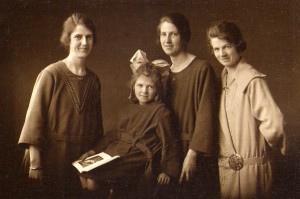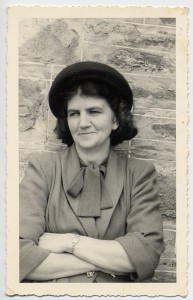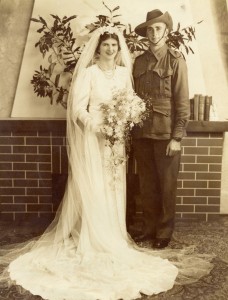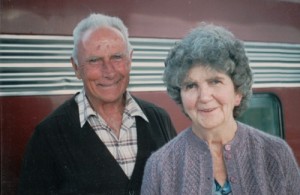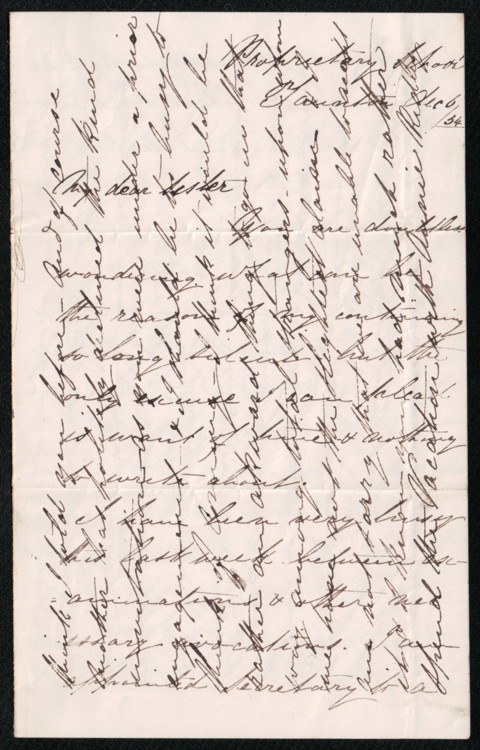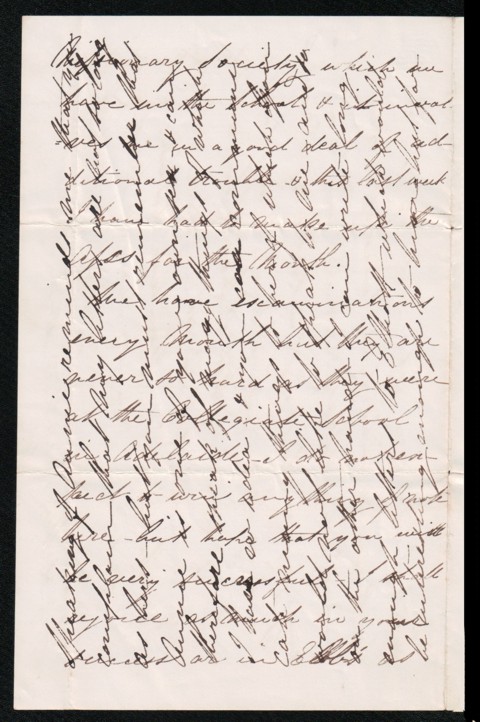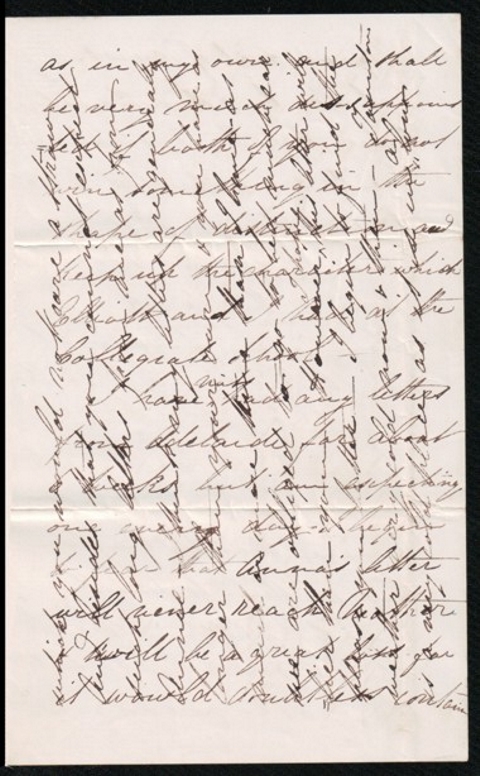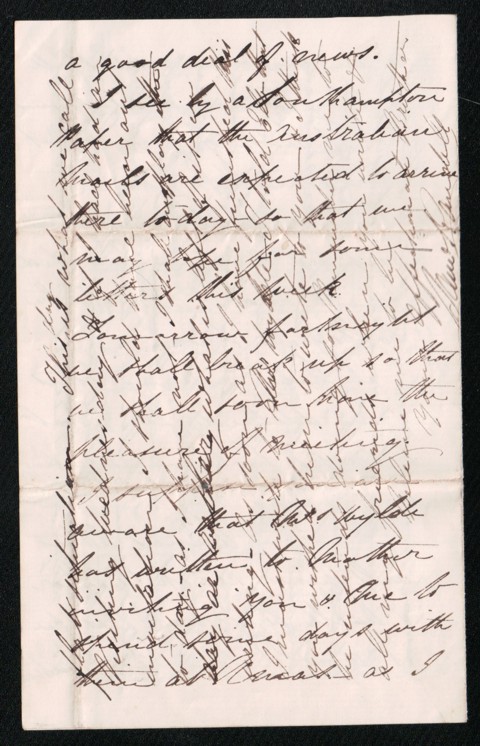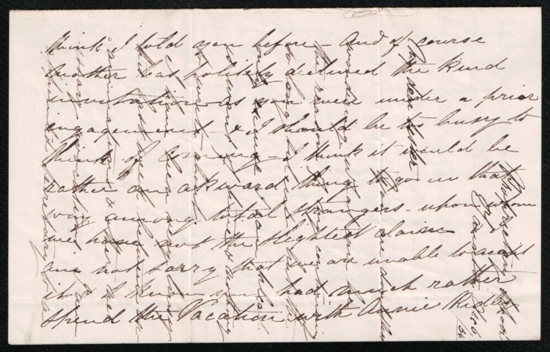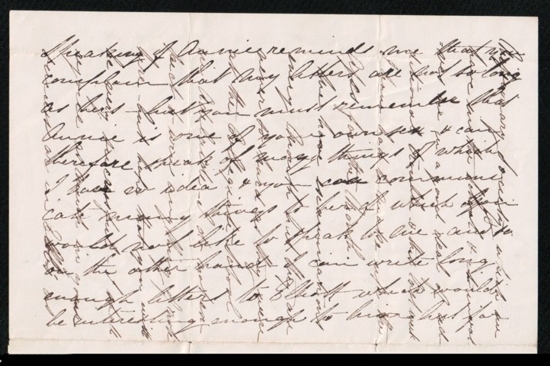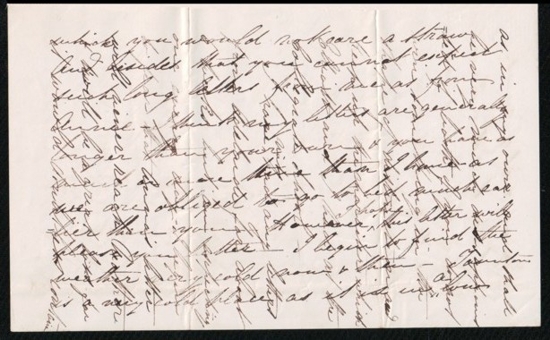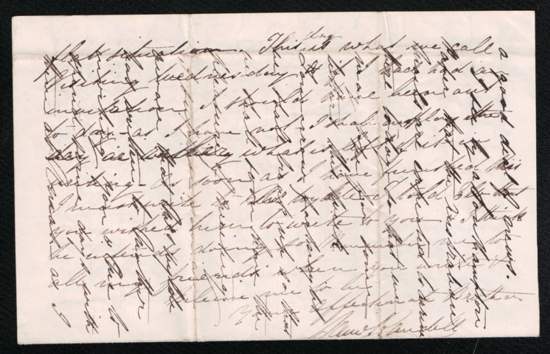Genealogy Close Calls
I was inspired to write this post as a result of reading Heather Rojo’s blog, Nutfield Genealogy, when wrote about her “Top Ten Genealogy Close Calls“.
The title alone intrigued me, as I wasn’t quite sure what she meant by ‘genealogy close call’. But she explains it well:
“What’s a “Genealogy Close Call”? It happens when I research an ancestor and realize that if fate didn’t intervene I wouldn’t be here today. Some of our ancestors narrowly escaped disasters, only to live on and produce a descendant that led to YOU. “
So that got me thinking. Did I have any “genealogy close calls”. My initial thoughts were no, but as the day progressed I remembered the following incidents:
MY GENEALOGY CLOSE CALLS
WILLIAM KENNARD ELPHICK (c1815-1869) – Survived the voyage
and wife SUSANNA ELPHICK (nee ELLIOT) (c1812-1899)
William and his wife Susanna married in London in November 1838, and then immediately boarded the ‘Plantar’ ship to start a new life in Australia. The journey which on average takes about four months, took almost six months partly due to the captain’s incompetence – missing a port where they were meant to collect supplies, and having to stop elsewhere as a result, together with other misadventures such which included much of the crew being lost, as were some passengers and most of the livestock. Eventually a new crew was acquired and the journey continued. For more on their story click here. The Elphick family settled in Adelaide, and had numerous children. The Elphick’s are Mr Lonetester’s 3x great grandparents. While not everyone survived this journey, they did, and if they hadn’t he wouldn’t have be here.
OTTO RAFAEL WINTER (1880-1961) – WW1 injuries
Otto Winter was born in Finland and spent 7 years sailing the world on a merchant sailing ship. I’m sure if I had detailed of every voyage there would be ‘close call’ stories there, but I don’t, so I won’t make assumptions. After having jumped ship in Australia, he chose to get naturalised and in 1916 he signed up for the Australian Army in WW1 and was sent off to Belgium. During his three years in the AIF he was wounded several times, including being shot in the stomach and poisoned with mustard gas while tunnelling at Ypres. Despite this, he survived and made it home to his young wife and baby boy. Had he not survived my grandma would not have been born. For more on Otto Winter click here.
————————
GENEALOGY CLOSE CALLS, BUT NOT CLOSE ENOUGH
ISAAC RICHARDSON (1804-1873) – sentenced to death
A labourer in Kent, Isaac Richardson together with his bother Simeon, were rioting to stand up for their rights during the Industrial Revolution. Sentenced to death, the local townspeople petitioned to save their life and both were then sentenced to transported to Van Diemen’s Land for life instead. Isaac’s wife Matilda (nee Bonner) and the two children Edward and Esther were given assisted passage in 1837-38. Isaac was granted a conditional pardon in 1842. Isaac and Matilda had a total of 9 children, and continued to live in Tasmania. Isaac’s first born child, Edward was my 3x great grandpa). As Edward was already born before Isaac was transported, this doesn’t count as a ‘close call’ for me, but for descendants of the 7 children that were born later it certainly would. You can read more about Issac Richardson here.
WILLIAM RICHARD RANDELL (1824-1911) – near explosion
William Richard Randell is known as the father of paddlesteamers on the River Murray. He emigrated with his parents from Devon, England in 1837 and initially they bred cattle and drove them along the land along the Murray River, in South Australia and later setup flour mills in the Adelaide Hills. Despite having no previous experience in navigation or having ever seen a steamboat, W.R. Randell became obsessed with building a paddlesteamer to transport supplies up and down the river. And by 1853 the “Mary Ann” which he built became the first paddlesteamer in South Australia. The boiler, a box shape, and made of lead riveted together was said to have “needed chains wrapped around the middle. Even then when proceeding at maximum speed the sides and top were observed to swell in and out like a concertina”. And while it didn’t explode, but it seems like it wasn’t far from it. William Richard Randell is a half-brother to my 2x great grandpa … so he’s not a direct relative. But had he not survived his paddlesteaming days, it certainly would affected his direct line.
GEORGE PHILLIPS (1865-1941) – nearly drowned
There’s a story that’s been handed down the generations in my family about George Phillips. George Phillips and his wife Mary Ann (nee Kemp), along with their baby boy, also George, emigrated from England to South Australia in 1865 onboard the “Adamant”. The story goes that a fellow female passenger was holding baby George, when Mary Ann had a bad feeling or premonition, so she collected him from the lady, and shortly afterwards that poor lady fell overboard. I don’t know the validity of the story, except that there was a lady who drowned on the voyage out mentioned in the surgeon’s journals. So it is a possibility. And as baby George survived, he counts as a genealogy close call, although not for me, as he’s a brother to my great great grandpa, not my direct line.
————————
While I don’t have many ‘close calls’ in this list. Ok technically only two, this just means that I have more research to do. More digging to find the stories.
Just think of all the possibilities there are, past and present: car accidents, horse and cart accidents, farm accidents, mining accidents, fires in the house, other occupational accidents, childbirth, fell down steps, numerous diseases and ailments, natural disasters (fires, floods, famine, tornado, cyclone, hurricane), major sporting injuries, a close encounter with a wild animal, or was your ancestor known for getting in fights? The list is endless …
Now I’m off to see what else I can find …
Homeopathy and the Treasures Between the Pages!
Homeopathy: “The study of natural therapy which stimulates the body’s immune system to restore health”. It was something that my great grandpa, J.B. Randell taught himself.
Ever looked through an old book and found something slotted in the pages in between? I have. Regularly. I’ve mentioned before that my mum’s side of the family weren’t one’s to throw things out. Putting it nicely “hoarders”, and for that I’m eternally grateful, as it has meant that we have SO MANY family heirlooms dating back generations, it’s truly amazing.
One thing that seems to have been a ‘thing’ that’s been passed down through the generations of Randell’s, was the habit of putting things in the middle of books. I’ve always known my grandma to do that, and have often discovered random newspaper cuttings, birthday cards, flattened Easter egg wrappers and more in the pages of books of hers. Now this book of her fathers, John Beavis “JB” Randell (to my surprise) has even more bits filed in between the pages.
I found a total of 25 items in amongst the pages of the book, and I have scanned each one of them, and that’s what I wanted to share with you today. Some are interesting, others not. But from there there are clues which could lead to further research …
[espro-slider id=9875]
As you will see there’s a collection of all sorts, from receipts, to newspaper cuttings, to bible verses, envelopes, hair, leaves, a bookmark and other printed items. I’ve noted them below, as the caption on the slider was so tiny it wasn’t readable.
1. Gumeracha Town Hall Concert, 9 August 1924
2. Receipt from Norsworthy’s store, Gumeracha, dated 9 September 1924
3. Dried leaves
4. Hair or fur
5. More dried leaves
6. front of homeopathic remedies brochure
7. advert for Nurse Grace’s ointment
8. Receipt of the sale of rabbit skins by Restyn Randell, dated 2 May 1922
9a. Front of bible verse card for Restyn Randell
9b. Back of bible verse card for Restyn Randell
10. advert for Dr Ricords Interesting Book for Men
11. “Forget Me Not” bookmark
12. Coats crochet cotton wrapper
13a. Front of Pulteney Street parking station ticket
13b. Back of Pulteney Street parking station ticket
14. British and Foreign Bible Society, Gumeracha, 15 September 1918
15. Journal of Department of Agricultre, Victoria addressed to J.B. Randell
16. Good citizenship leaftet, dated 11 February 1925
17. Envelope addressed to J.B. Randell, Kenton Park, Gumeracha
18. Birks Pharmacy letter
19. Handwritten notes
20. Postage paid envelope
21. ‘By Grace Ye Are Saved’ card
22. Readers Digest letter to D.A. Randell
23. Tag with list written on it
24a. front of Fruitgrowers Association of Gumeracha envelope
24b. back of Fruitegrowers Association of Gumeracha envelope
25. Receipt from Norsworthy’s Store, Gumeracha, for J.B. Randell dated November 1942
Now excuse me while I head off to the bookshelf, and start paging through more old books, to see what else I can find.
Happy 100th Birthday to my Grandma
Evelyn Phebe Randell was born on 24 June 1916 in “Caringa Private Hospital”, the first hospital in the small town of Gumeracha in the Adelaide Hills.
She was born in the town, grew up living in the town, went to the local school, and married at Salem Baptist Church in Gumeracha too, and is buried there too. Known as Ev to some, Lyn to others, Evelyn was my grandma.
Although she is no longer with us, having died a few years ago, I am remembering her on this day that would have been her 100th birthday.
When I was young, the apple orchards, and her place at Cudlee Creek were my second home. So I have a lot of memories from that era.
The daily morning and afternoon teas with Sao biscuits, the picnics on the side of the road, rock buns and jelly cakes, roast dinners, the old oven, the pantry, the outdoor loo, the small knife that was permanently in her bag to cut up a burger from McDonalds in half, the birds, the washhouse, her aprons, how she used a cup and saucer (rather than a mug), and the garden … oh she so loved her garden!!
She would elbow my grandpa to wake him up during church, she would comment on what people wore, and the way she and my grandpa would sit in the car in their driveway on a Sunday afternoon, if it was cold but sunny. I remember how she got hooked on watching both Home and Away, and Punky Brewster, and was quite upset when it was taken off, even writing to the TV station. When she wasn’t cooking, cleaning or in her garden, she was crafting – taking up knitting, hobbytex, quilling, paper tolle, leather crafting, beadwork and tapestry to mention a few.
I could go on and on …
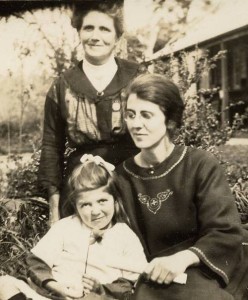
Ella Randell (nee Sinkinson), together with her oldest daughter Ella ‘Annie’ Randell (age c.22), and youngest daughter Evelyn Phebe Randell (age c.6)
Happy Birthday Grandma, we’re still thinking of you …
Cross Writing – What Is It and How Do You Read It?
I’ve come across a number of articles recently that talk about the younger generation and how they can’t read cursive writing since it is no longer taught at school, and as a result they are going to find reading historical documents very hard. I would say that is a very valid point, though I’m not sure what the answer to that is.
But it got me thinking that if they find straight cursive writing hard to read, what would they think of cross writing?
In case you’re not familiar with the term cross writing (also sometimes called crossed letters), this was a common practice back in the 1800s where you would write a letter – using not only the front and back of the paper, but also by turning the paper sideways, and continue to write. It was a way to save paper and postage costs.
The Wikipedia entry states …
A crossed letter is a manuscript letter which contains two separate sets of writing, one written over the other at right-angles. This was done during the early days of the postal system in the 19th century to save on expensive postage charges, as well as to save paper. The technique is also called cross-hatching.
The letter below is one that my family is fortunate to have, and is written by Samuel Randell (one of William Beavis Randell’s sons) to one of his sisters. Born in England, but having spent most of his life growing up in South Australia, Samuel was about 20 years old when he ventured back to the other side of the world, and found himself in Devon, England. While I don’t specifically know why he went back, based on the letter it sounds like it could be to further his education.
I’m not going include the transcript of the letter for you here, as this post isn’t about the content of the letter, but rather the style. It was really just to give you an introduction as to what Cross Writing was, and how it looks … AND how to read it.
Have you seen any cross written letters in your family ephemera?

